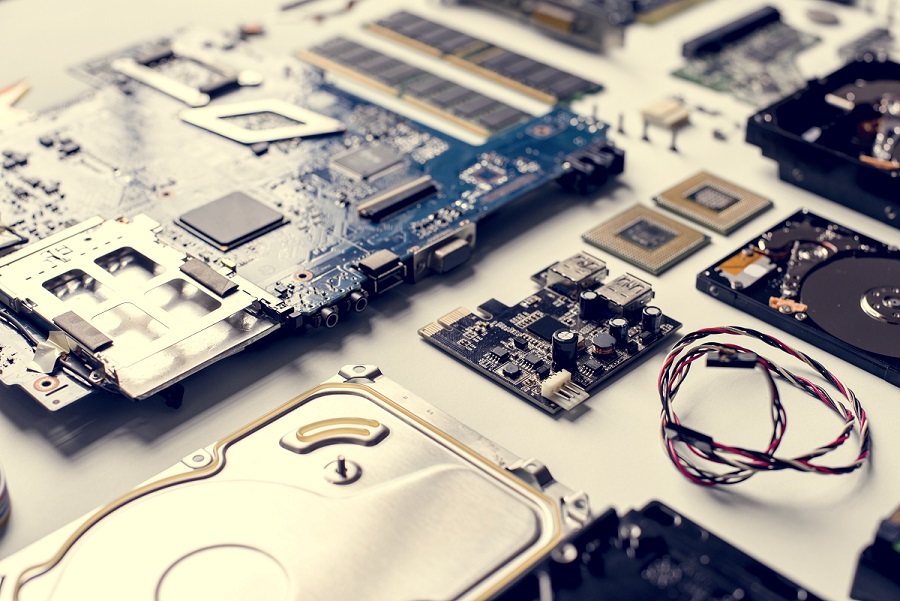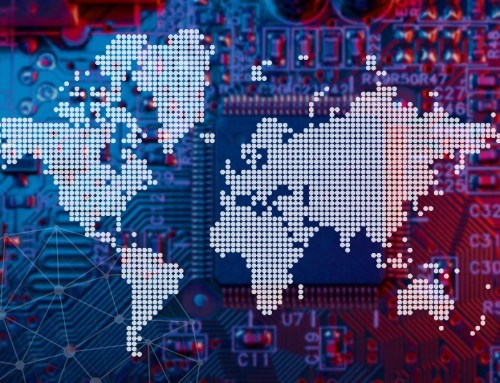Buying a new computer can be a daunting proposition – with so many components and options to choose between, it’s hard to know where to get the most bang for your buck. With Windows 7 approaching end of life (January 14, 2020, when Microsoft will no longer support the operating system), companies and individuals alike should be looking to move to Windows 10. Often, the cost and time spent to get Windows 10 on an old computer isn’t worth it, meaning it’s a perfect time for many to purchase a new PC. Let’s look at a few common computer hardware options and see where we should spend our money.
Processor:
Also called the CPU, the processor handles most of the work for your computer. If you’re an average computer user, you can get by with a mid-grade processor without worrying about it being a constraint in the future. Mid-grade models would include the Intel i3 and i5, or the AMD Ryzen 5 or 7 1000 series. High-end processors are only necessary for high-performance gamers, visual editors, or CAD users, and tend to run at a steep premium. Low-end lines should be avoided unless the PC is only for the most basic use – low-end models include the Intel Pentium and AMD Athlon product lines.
Memory:
Also called RAM, the memory handles temporary storage on your computer, running your programs when you need them. RAM is inexpensive but buying more than you need won’t help speed up your computer. 8 GB is a good amount for the average user, with high demand users requiring a bit more, in the range of 16 to 32 GB. A very basic user can get by with 4 GB of RAM; using less than 4 GB isn’t recommended.
Hard Drive:
Your computer’s program data, and your files, live on the hard drive. Any time you open a program, open a file, or do basically anything on your computer, the hard drive is involved, feeding data to the processor and memory. Because of this, having a high-speed Solid-State Drive, or SSD, is highly recommended. The other option, Hard Disk Drives (or HDD) usually come in larger storage capacities and tend to run cheaper, but at the cost of performance. They run much slower than an SSD.
The price of SSDs has fallen dramatically in the last ten years, making them an affordable luxury for even the basic user. Of all the components you can spend money on, buying a quality SSD is where you will find the biggest performance boost. We don’t recommend buying a drive smaller than 250GB, but that size will suffice for most users as well. High-performance users, particularly those who edit videos or large CAD files, might find a need for extra space, and should expand to a 500+ GB drive.
Optional, more expensive computer hardware, such as dedicated graphics cards, are only worth considering if you have a need for them. No need to spend hundreds of dollars on a fancy graphics card to check Facebook and Outlook – you won’t notice a difference! Only high-demand applications, like modern games, CAD software, and visual editing, require and make use of the extra performance.
It can be difficult to navigate the market when shopping for a new computer, and sometimes the bigger number isn’t always the better option, like we can see with hard drive storage capacity. Having a little knowledge about what each component does and what’s important should help you spend your money wisely. If your business needs help getting up to speed with new Windows 10 computers, Contact Us today.







